Investing in well-designed environments isn’t just a matter of preference – it’s a strategic advantage that enhances productivity and employee wellbeing, writes Sam Carey-Smith
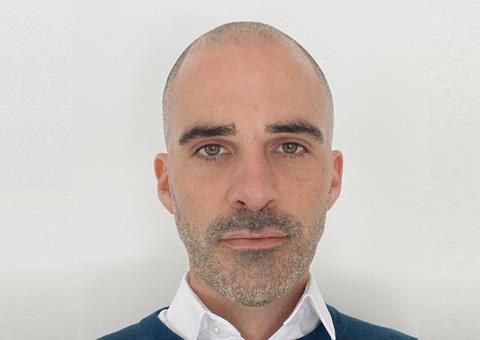
The conversation about flexible working shows no signs of slowing down as 2025 gets properly underway. Debates are raging about what office footprint businesses need, what good looks like now, and what different people require from the workplace to be genuinely productive.
We recognise that one size doesn’t fit all, and Building Design has been shining a light on some of the nuances in how the built environment can adapt to suit different life stages in its Boomers to Zoomers series. But why stop at age?
Plenty of research has shown it can be an outdated way to categorise people, risking the oversimplification of diverse needs into generational stereotypes. Can we go further? I’d argue we need to look at how we can cater for people as individuals rather than tick boxes for arbitrary groups.
At the Government Property Agency (GPA), we are delivering one of the biggest workplace transformation programmes in the UK, designing a smaller, better, greener government office estate and helping to relocate Civil Service roles out of London. We’re grappling firsthand with what it means to design spaces that really work across all parts of the country – and with significant success.
Our hubs in Birmingham and Peterborough both achieved Leesman+ certification on the back of employee satisfaction scores, a global recognition of exceptional workplace experience. If designing for clients as diverse as government departments has taught us anything, it’s this: investing in inclusive, flexible design pays off.
Designing for life, not labels
Instead of asking ‘what do Millennials want?’ or ‘have we ticked the box for Gen Z?’ the emphasis needs to be on how we help all people thrive and deliver their best work. The answer will, of course, vary for different organisations, from team to team, and decade to decade. So, if age isn’t the only shorthand, what else should designers look at?
The first step is to start with the job at hand. What kind of tasks will be carried out in a space, and how might people approach these? Our model, summed up in the Government Workplace Design Guide, underscores the importance of offering a range of environments to cater for different preferences and working styles.
Successful design begins and ends with the people who use those spaces, and that’s where our focus should be
The key is to make sure there’s choice – whether a team needs to work together on a creative idea or an individual needs to get their head down to finish an assignment. Good data and early engagement with the client help to get this balance right between focused and collaborative spaces.
Second, we need to look at the personal needs of potential building users. That means considering things like health requirements, different personality types and neurodivergence too. None of these are bounded by generation, but they have an incredibly important bearing on how someone can be their best at work.
Neurodiverse colleagues may require dedicated quiet areas with minimal audio-visual stimuli to recharge their batteries, while for people managing medical conditions, it could be a private space to take a break or administer medicine. Population-level data can give designers a sense of how many people might have these kinds of needs.
But isn’t this expensive?
It’s true that designing workplaces that cater to individuals requires investment – but the key to maximising return is to make sure this is spent on getting the fundamentals right, rather than flashy gimmicks that people will soon tire of. The most critical elements are the things that support the functionality of a workplace and the wellbeing of employees. Good lighting, ventilation and acoustics should be a given.
Add to that intuitive technology that simply works and enables people to accomplish their tasks without getting the IT department involved. Everything else – be it an office sauna or a ping pong table – is inconsequential by comparison.
The workplaces of now
Our work managing the government office estate has shown us that if we design with people in mind, we not only help them achieve their potential but also futureproof against coming trends. When inclusion and flexibility are baked into the design, it’s hard to be out of date. Yes, that takes investment, planning and engagement with the client, but the payoff is a motivated and productive workforce – and that’s an ROI that businesses can’t afford to ignore.
So, while we can respect age-related differences, let’s not be overly distracted by them. Successful design begins and ends with the people who use those spaces, and that’s where our focus should be, regardless of whether they prefer Taylor Swift or Tchaikovsky.
Postscript
Sam Carey-Smith is Head of Workplace Design, Innovation & Assurance at the Government Property Agency



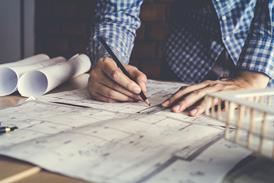
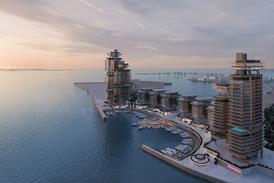
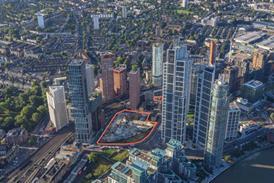
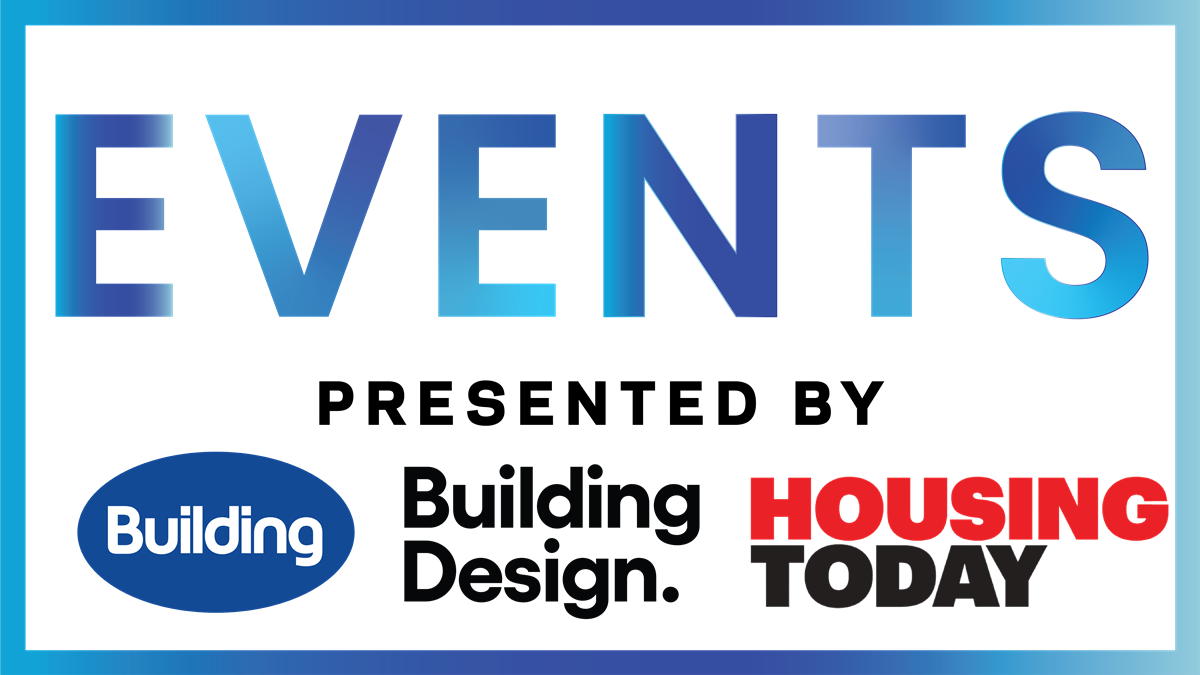
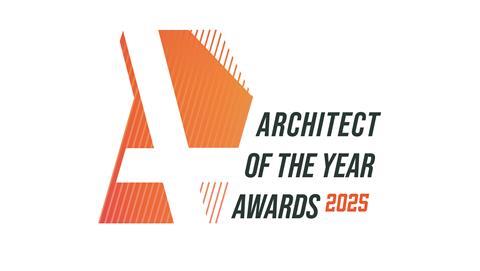
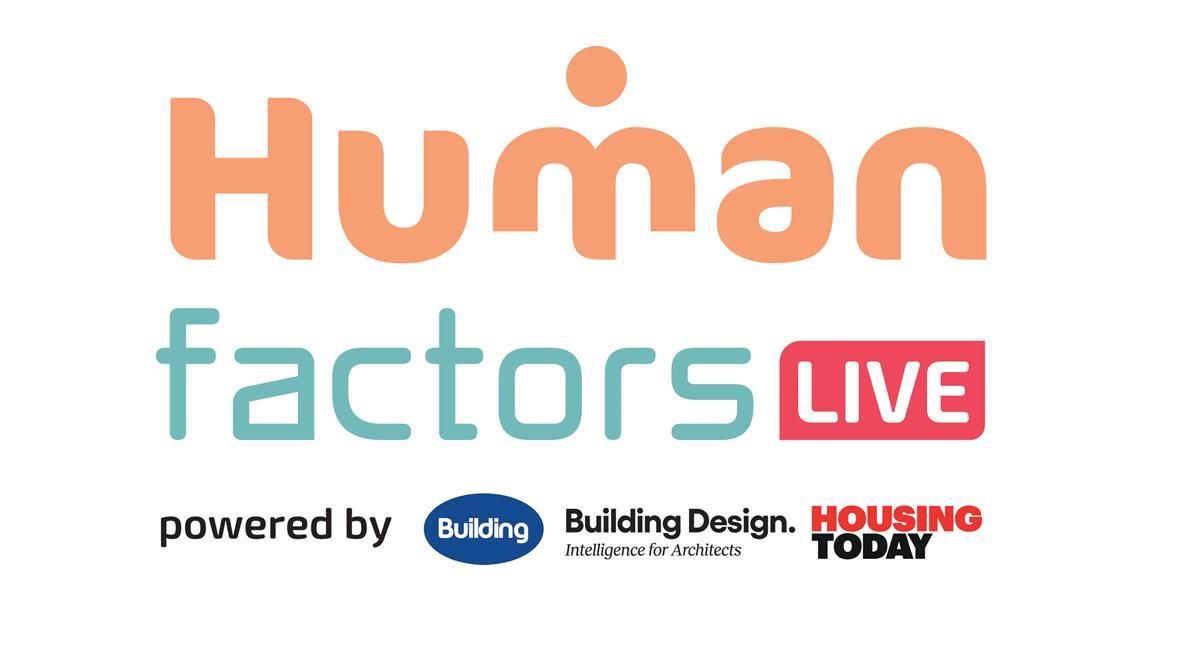







No comments yet